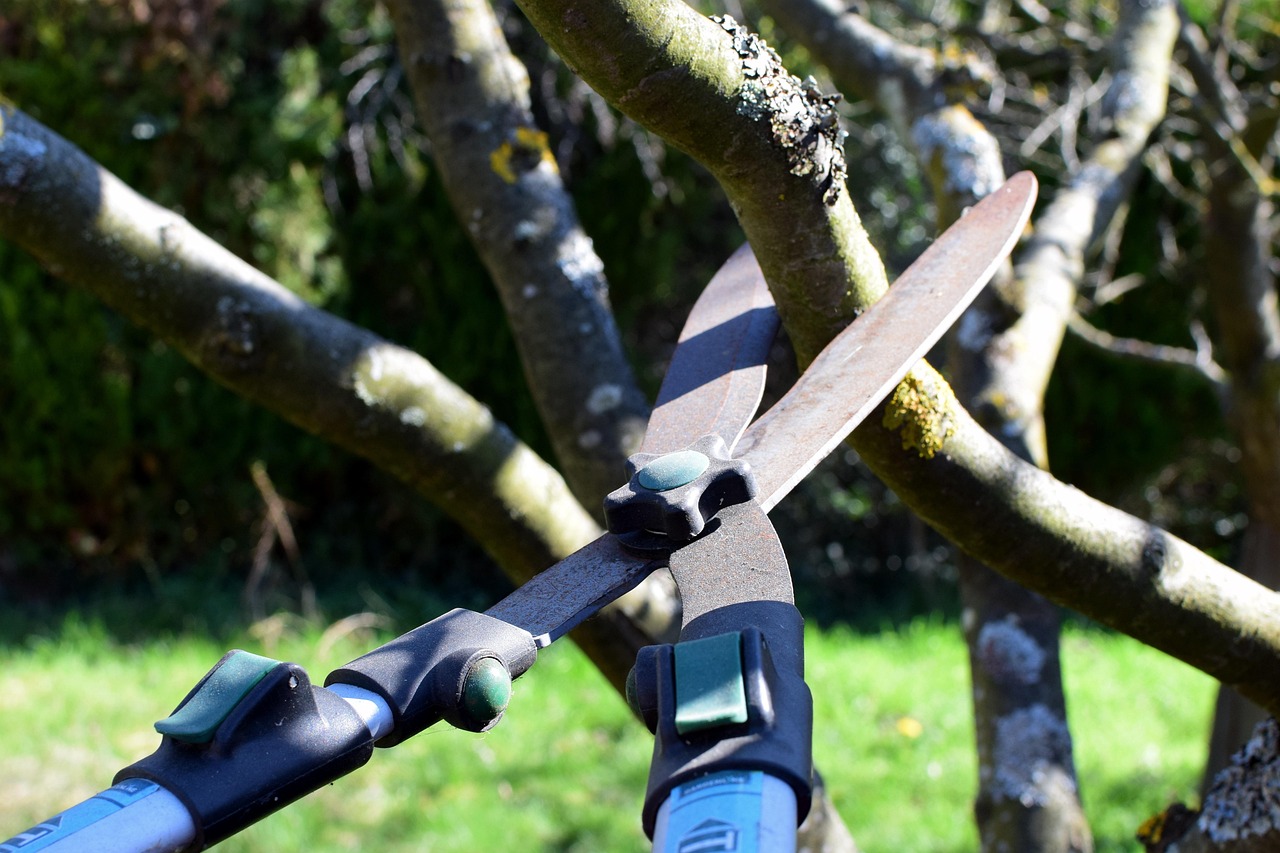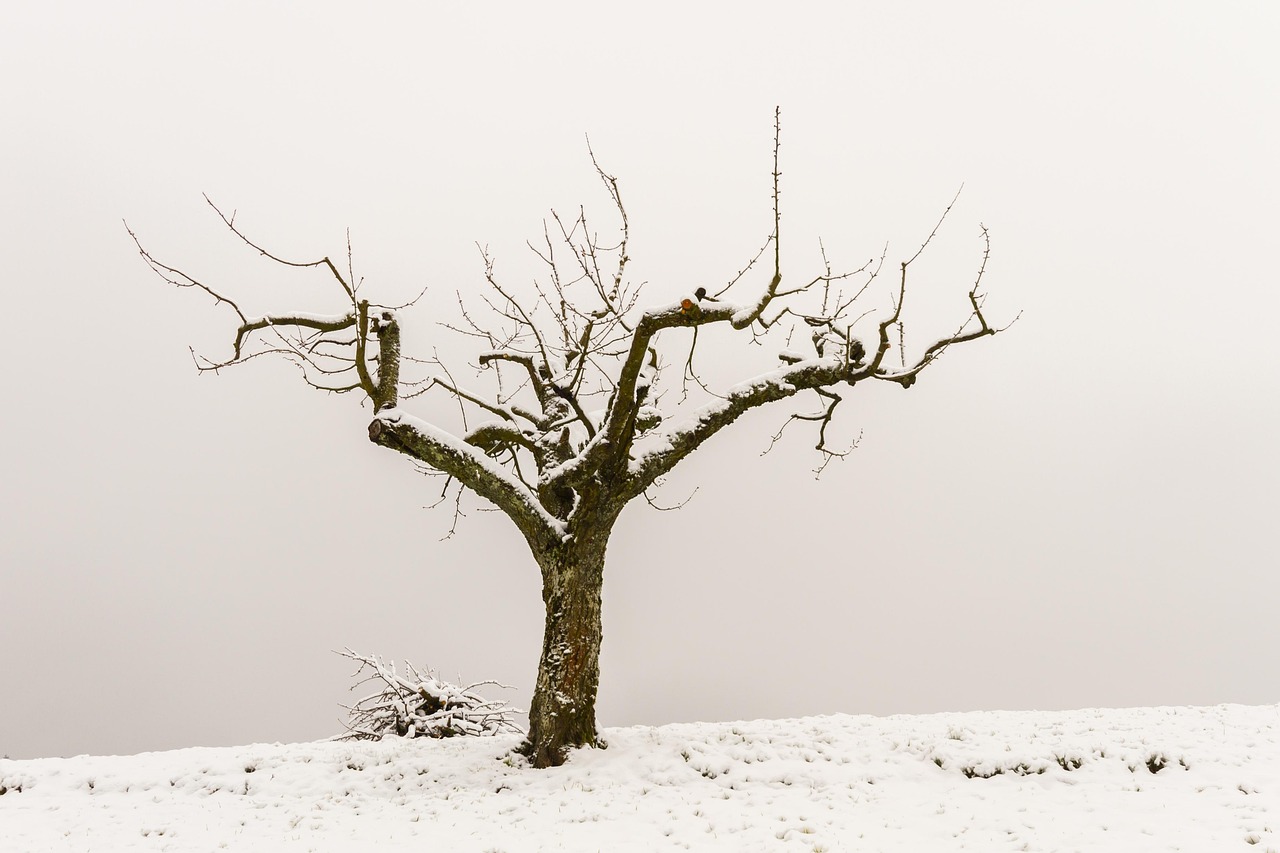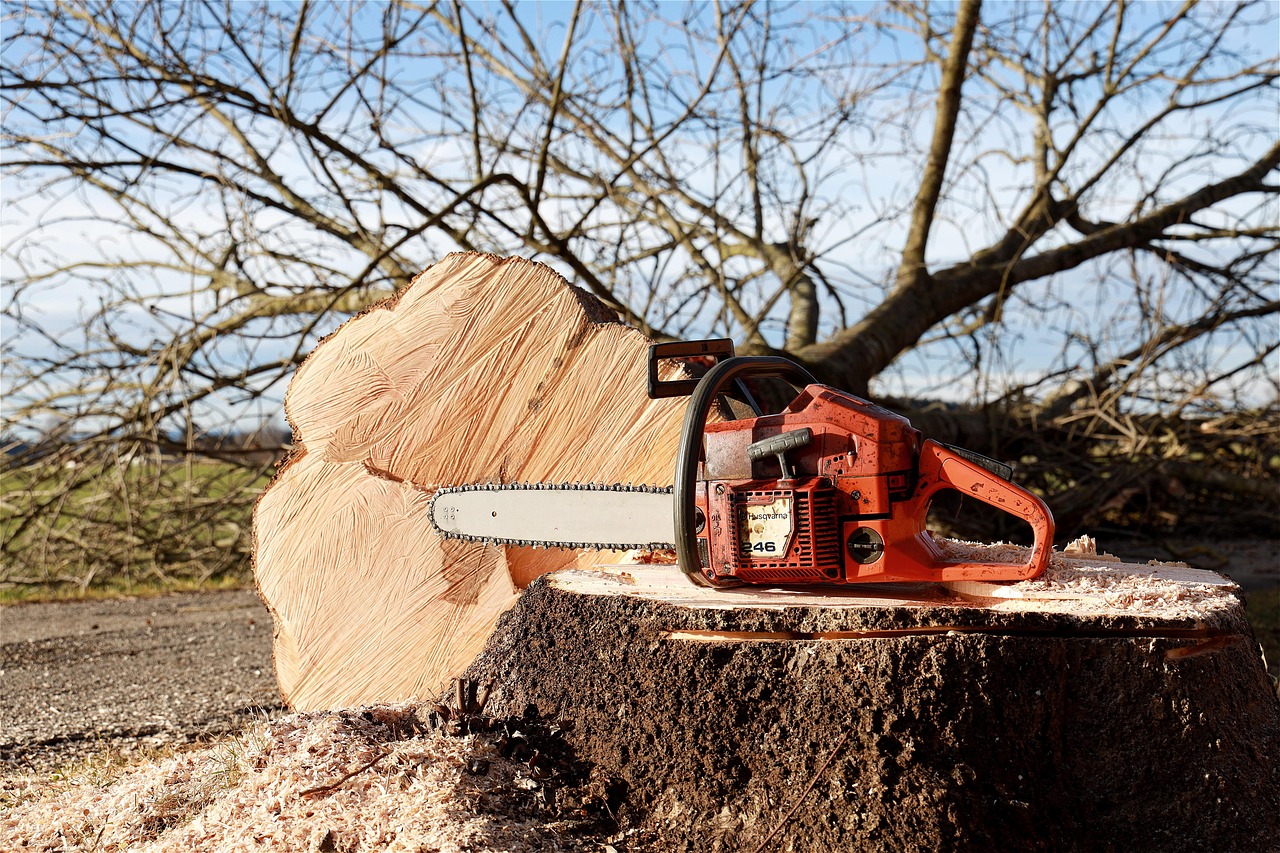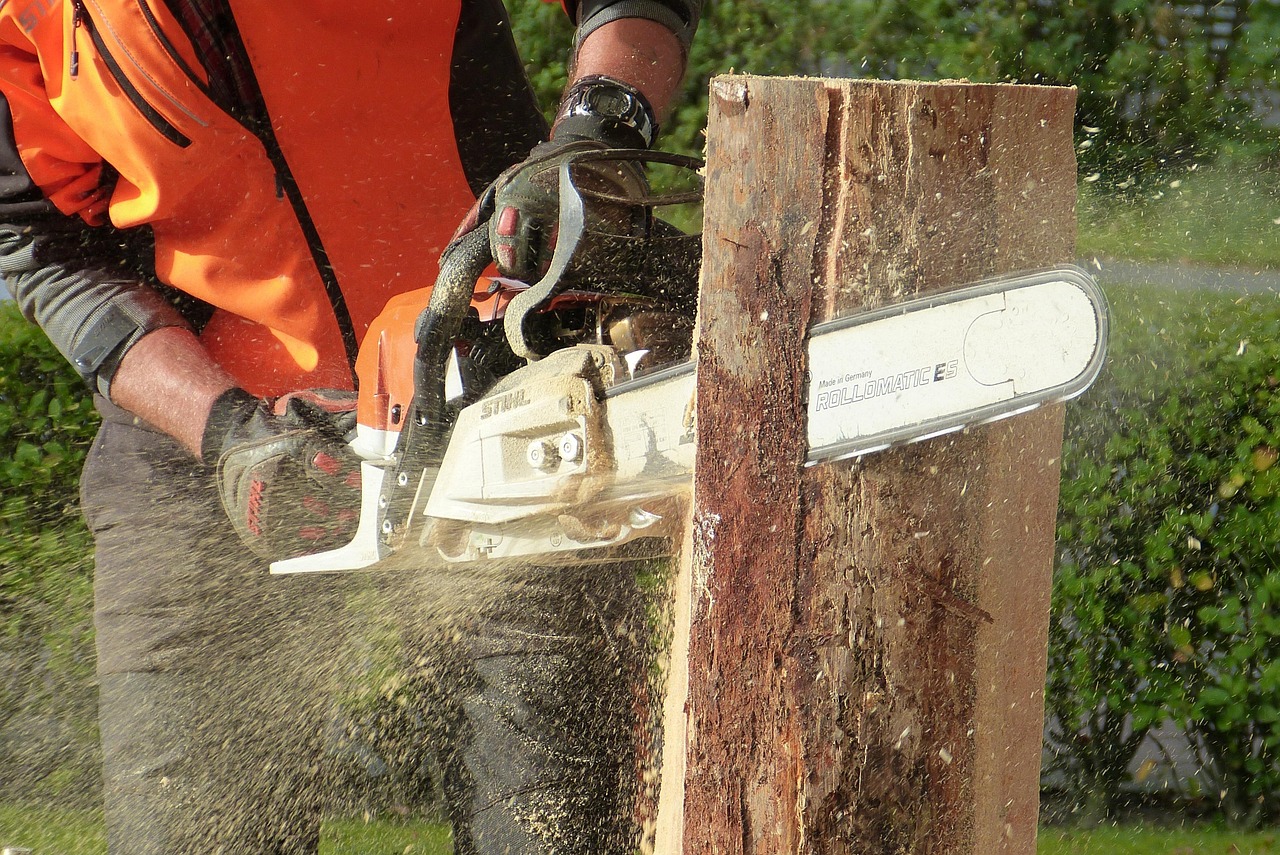Pruning trees in urban environments requires special considerations due to restricted space, potential hazards, and the unique needs of urban ecosystems. Proper techniques enhance tree health, ensure safety, and maintain aesthetic values while minimizing damage to surrounding infrastructure.
Urban areas present unique challenges and opportunities for tree care. Trees provide essential benefits such as shade, air purification, and habitat for wildlife. However, they also face numerous stressors in cities, including pollution, limited root space, and exposure to harsh weather conditions. Pruning plays a vital role in maintaining the health and structure of urban trees. It helps manage growth, removes dead or diseased branches, and improves aesthetics. Understanding the special considerations for pruning in these environments is crucial for effective tree management.

One of the primary challenges in urban pruning is space constraints. Trees often grow near buildings, sidewalks, and utility lines. This proximity can lead to conflicts that require careful planning during pruning. Additionally, tree species vary in their growth habits, which can influence how and when to prune. It is essential to consider these factors to avoid damaging the tree or surrounding infrastructure.
Moreover, urban trees are often subjected to various environmental stressors. These include soil compaction, limited water availability, and exposure to pollutants. Consequently, pruning techniques may need to be adjusted to accommodate these challenges. For instance, trees that are stressed by their environment might require different pruning schedules or methods compared to those growing in more favorable conditions.
Key Considerations for Urban Tree Pruning
When pruning trees in urban settings, several key considerations should be taken into account:

- Tree Species: Different species have unique growth patterns and requirements. Researching the specific needs of the tree species is essential for successful pruning.
- Timing: Pruning should be done at the appropriate time of year to minimize stress on the tree. Late winter or early spring is often ideal for many species.
- Tools: Using the right tools is crucial for effective pruning. Sharp, clean tools help make precise cuts and reduce the risk of disease.
- Height and Accessibility: Pruning taller trees may require specialized equipment like lifts or climbers. Safety should be a top priority.
- Local Regulations: Many cities have regulations regarding tree pruning. It is important to check local laws before beginning any work.
Additionally, recognizing the impact of urban elements on tree health is vital. Urban trees often experience increased physical damage from vehicles, foot traffic, and vandalism. Pruning can help mitigate some of these issues by removing weak or damaged branches that could pose a safety risk.
An understanding of local wildlife is also essential when pruning urban trees. Birds and other animals often nest in tree branches. Pruning during certain seasons can disrupt their nesting activities. Therefore, it is advisable to conduct bird surveys or follow local guidelines regarding wildlife protection.
To further illustrate the importance of these considerations, the following table outlines common urban tree species along with their recommended pruning practices:

| Tree Species | Recommended Pruning Time | Special Notes |
|---|---|---|
| Maple | Late Winter/Early Spring | Avoid heavy pruning in summer; can bleed sap. |
| Oak | Late Summer/Early Fall | Prune during dormant season to prevent oak wilt. |
| Pine | Late Winter | Avoid excessive pruning; focus on removing dead branches. |
| Birch | Late Fall/Early Winter | Prune sparingly; can bleed sap if pruned in spring. |
The relationship between urban trees and their environment is complex. Proper pruning techniques not only support tree health but also enhance the overall landscape. Urban planners and arborists must consider these factors to create thriving green spaces within city limits.
As urban populations continue to grow, the importance of maintaining healthy trees will only increase. Effective pruning strategies will play a significant role in ensuring the longevity and vitality of urban forests. Understanding the special considerations involved in this process is essential for anyone involved in tree care or urban planning.
Understanding Tree Growth Patterns
To effectively prune trees in urban environments, it is essential to understand their growth patterns. Each tree species has specific growth habits, which influence how they should be pruned. Recognizing these patterns can help in making informed decisions about pruning techniques and timing.

Growth Habit Categories
Tree species can generally be categorized into different growth habit categories. These categories include:
- Deciduous Trees: These trees shed their leaves annually. Pruning is often best done during their dormant season, typically in late winter or early spring.
- Evergreen Trees: Evergreens retain their foliage year-round. Pruning can occur throughout the year, but caution is needed to avoid excessive removal of foliage.
- Flowering Trees: Some trees bloom on old wood, while others bloom on new growth. Understanding when a species blooms is crucial for effective pruning.
By categorizing trees according to their growth habits, arborists can tailor their pruning strategies to meet the specific needs of each species. This approach ensures that trees remain healthy and continue to thrive in the urban landscape.
Environmental Factors Affecting Tree Health
Urban environments introduce various environmental factors that can affect tree health. These factors must be considered during the pruning process to ensure that trees remain robust and resilient.
Soil Quality and Compaction
Soil quality plays a significant role in tree health. Urban soils may be compacted due to construction, foot traffic, and vehicle movement. Compacted soil can restrict root growth and reduce the availability of water and nutrients. When pruning, it is important to assess the soil conditions and consider the following:
- Soil Testing: Conduct soil tests to determine nutrient levels and pH balance. This information can guide fertilization and soil amendment strategies.
- Mulching: Applying mulch around the base of the tree can help retain moisture, reduce soil compaction, and improve nutrient availability.
- Aeration: Aerating the soil can help alleviate compaction. This process allows for better air and water movement within the soil.
Pollution and Stressors
Poor air quality and pollution are common issues in urban areas. These stressors can weaken trees, making them more susceptible to disease and pests. Effective pruning can help manage these risks by:
- Removing Damaged Limbs: Pruning away dead or damaged branches reduces the risk of disease spread.
- Improving Air Circulation: Thinning the canopy allows for better air movement, which can help mitigate some effects of pollution.
- Monitoring Tree Health: Regular inspections post-pruning can help identify any signs of stress or disease early on.
Safety Considerations During Pruning
Safety is a paramount concern when pruning trees in urban environments. The proximity of trees to buildings, power lines, and pedestrian areas necessitates careful planning and execution of pruning activities.
Personal Safety Measures
When engaging in tree pruning, individuals should adhere to the following safety measures:
- Wear Protective Gear: Always use helmets, gloves, eye protection, and steel-toed boots to safeguard against potential injuries.
- Use Proper Equipment: Ensure tools are well-maintained and appropriate for the task at hand. This includes using ladders or lifts for high branches.
- Have a Safety Plan: Develop a plan that includes emergency procedures and communication protocols for team members involved in pruning activities.
Public Safety Considerations
In addition to personal safety, it is essential to consider public safety when pruning urban trees. This can involve:
- Creating Barriers: Use cones or barriers to keep pedestrians away from the immediate work area during pruning activities.
- Timing Work Appropriately: Schedule pruning during off-peak hours to minimize disruptions and hazards to the public.
- Communicating with Local Authorities: Notify local authorities or community members about upcoming pruning work to ensure public awareness and safety.
The Role of Technology in Pruning
Technology is increasingly playing a role in tree management and pruning practices. Various tools and techniques can enhance efficiency and effectiveness while minimizing damage to trees.
Use of Drones
Drones have emerged as valuable tools for urban tree management. They can be used for:
- Aerial Inspections: Drones provide aerial views that help arborists assess tree health from different angles.
- Mapping Tree Locations: Drones can create detailed maps of urban forests, aiding in planning and management efforts.
Advanced Pruning Tools
The development of advanced pruning tools has also transformed tree care practices. Some modern tools include:
- Pole Saws: These allow for safe cutting of high branches without the need for ladders.
- Chainsaws with Safety Features: Modern chainsaws are equipped with safety mechanisms that reduce the risk of accidents during operation.
The integration of technology into pruning practices not only enhances safety but also supports better tree health management in urban environments.
Pruning Techniques for Urban Trees
Different pruning techniques are vital for enhancing the health and structure of urban trees. Selecting the appropriate method depends on the tree species, its health, and the surrounding environment. Understanding these techniques can lead to better outcomes for urban greenery.
Common Pruning Techniques
Several commonly used pruning techniques can be applied to urban trees. Each has its specific purpose and benefits:
- Thinning: This technique involves removing select branches to improve air circulation and light penetration. It helps reduce the weight of the canopy, minimizing the risk of branch failure.
- Heading: This involves cutting back a branch to a bud or lateral branch. It can encourage the growth of new shoots and helps shape the tree, but it should be done carefully to avoid excessive stress.
- Reduction: Reducing the size of a tree or branch by cutting back to a smaller branch can help maintain a desired height and shape while preserving the tree’s overall health.
- Pollarding: This method involves cutting back branches to a specific height to encourage new growth. It is often used for street trees where height control is necessary.
Understanding these techniques allows arborists to select the most effective method for each situation, ensuring that urban trees remain healthy and visually appealing.
Seasonal Considerations for Pruning
The timing of pruning is crucial to the health of urban trees. Seasonal considerations can significantly impact the effectiveness of pruning efforts. Different trees may require specific timing based on their growth cycles.
Winter Pruning
Winter is often considered the best time for pruning many deciduous trees. The reasons include:
- Dormancy: Trees are dormant during winter, reducing stress and allowing them to recover more effectively from pruning cuts.
- Visibility: Without leaves, it is easier to see the structure of the tree, making it simpler to identify branches that need removal.
- Pest Control: Many pests are inactive in winter, minimizing the risk of disease transmission during pruning.
Spring Pruning
Spring is a critical period for pruning certain species, particularly flowering trees. However, it should be approached with caution:
- Timing Matters: Pruning should be done before new growth begins to avoid cutting off buds that will produce flowers.
- Avoid Stress: Avoid heavy pruning during spring as it can increase stress on trees that are just beginning their growth cycle.
Summer and Fall Pruning
While less common, summer pruning can be beneficial for certain species:
- Removing Suckers: Summer is an excellent time to remove suckers or water sprouts, which can divert energy from the main tree.
- Shaping: Light pruning can help shape trees during their active growth phase without causing significant stress.
Fall pruning is generally not recommended as it can leave trees vulnerable to winter damage and disease. However, it can be beneficial for specific maintenance tasks, such as removing dead or diseased branches.
The Impact of Urban Infrastructure on Pruning
Urban infrastructure plays a significant role in how and when trees are pruned. Factors such as sidewalks, roads, and overhead utilities must be taken into account during the pruning process.
Utility Line Clearance
Trees growing near power lines require special attention. The following practices are often employed:
- Clearance Pruning: This technique involves removing branches that interfere with utility lines. It is essential to adhere to local regulations regarding clearance distances.
- Training Young Trees: Young trees should be trained to grow away from utility lines through strategic pruning during their early years.
Sidewalk and Roadway Considerations
Trees adjacent to sidewalks and roadways may face unique challenges. Proper pruning can help enhance safety and accessibility:
- Canopy Raising: Raising the canopy by removing lower branches ensures that pedestrians have adequate clearance while walking along sidewalks.
- Sightline Maintenance: Pruning may be necessary to maintain sightlines for drivers at intersections or along roadways, reducing the risk of accidents.
The Importance of Post-Pruning Care
The work does not end once pruning is complete. Post-pruning care is vital for helping trees recover and thrive in urban settings.
Watering and Fertilization
A crucial aspect of post-pruning care includes proper watering and fertilization:
- Watering: Newly pruned trees may require additional watering to help them recover from stress. Ensuring consistent moisture levels can support healthy regrowth.
- Fertilization: Applying a balanced fertilizer can provide necessary nutrients that may be depleted from the tree’s resources due to pruning.
Pest and Disease Monitoring
After pruning, monitoring for pests and diseases becomes even more critical. Arborists should:
- Inspect Regularly: Regular inspections help identify any signs of infestation or disease early on.
- Treat Proactively: If any issues are detected, prompt treatment can prevent further damage to the tree.
The Role of Community Engagement in Urban Tree Care
Community involvement plays a significant role in maintaining urban trees. Engaging local residents can foster a sense of ownership and responsibility for green spaces.
Educational Programs
Education is key to promoting tree care within communities. Programs may include:
- Workshops: Hosting workshops on proper pruning techniques encourages community members to participate actively in tree care.
- Volunteer Days: Organizing volunteer events for tree planting and maintenance strengthens community ties and promotes environmental stewardship.
Caring for Urban Trees Together
A collaborative approach encourages residents to work together in caring for urban trees. By fostering community engagement, cities can enhance their urban forests while promoting awareness about tree health and maintenance.
Challenges and Solutions in Urban Tree Pruning
While pruning trees in urban environments is essential for their health and safety, several challenges arise that require innovative solutions. Addressing these challenges can lead to more effective tree management practices and healthier urban forests.
Challenge: Limited Space
Urban areas often have limited space for trees to grow. This constraint can lead to conflicts with buildings, sidewalks, and utility lines. To mitigate these issues:
- Choose Appropriate Species: Selecting tree species that are suitable for urban environments can reduce conflicts. Smaller species or those with less invasive root systems may be more appropriate.
- Implement Smart Planting Techniques: Planting trees at an optimal distance from infrastructure can help avoid future pruning conflicts. Using tree guards or root barriers can also protect nearby structures.
Challenge: Environmental Stressors
Urban trees are often subjected to environmental stressors such as pollution, compacted soil, and extreme temperatures. Solutions include:
- Soil Management: Amending soil with organic material can improve its quality and help retain moisture, making it easier for trees to thrive.
- Watering Regimens: Establishing regular watering practices during dry spells supports tree health and mitigates the effects of urban heat.
Challenge: Pest and Disease Control
Pests and diseases can pose significant threats to urban trees. To address these challenges:
- Regular Inspections: Conducting routine health assessments can catch problems early, allowing for timely interventions.
- Integrated Pest Management (IPM): Implementing IPM strategies helps manage pest populations with minimal impact on the environment.
Challenge: Balancing Aesthetics and Functionality
In urban settings, there is often a need to balance the aesthetic appeal of trees with functional considerations such as safety and clearance. This can be addressed by:
- Strategic Pruning: Carefully planned pruning can enhance the natural shape of trees while ensuring they remain safe and functional in their environment.
- Community Input: Engaging the community in discussions about tree aesthetics can lead to more acceptable pruning decisions, fostering a sense of ownership.
The Future of Urban Tree Management
The future of urban tree management lies in innovative approaches that combine technology, community involvement, and sustainable practices. As cities continue to grow, adapting to the changing landscape becomes imperative for maintaining healthy urban forests.
Embracing Technology
The continued integration of technology into tree care practices will further enhance urban arboriculture. Potential advancements include:
- Data Analytics: Utilizing data to monitor tree health, growth patterns, and environmental conditions can lead to more informed decision-making.
- Remote Sensing: Techniques such as satellite imagery or drones can provide valuable insights into the health of urban forests.
Sustainable Practices
Sustainability should remain a central focus in urban forestry. Practices such as:
- Native Planting: Incorporating native species into planting plans helps support local ecosystems and enhances biodiversity.
- Green Infrastructure: Integrating trees into urban design—such as green roofs and rain gardens—can improve stormwater management while providing numerous ecological benefits.
Final Thoughts
Pruning trees in urban environments is a complex task that requires careful consideration of various factors including species selection, seasonal timing, environmental conditions, and community engagement. By understanding the unique challenges presented by urban landscapes, arborists and community members can work together to implement effective tree care strategies.
The health of urban trees contributes significantly to the quality of life in cities. They provide shade, improve air quality, and create habitats for wildlife. As communities recognize the value of their urban forests, ongoing education and engagement will be essential in promoting responsible tree care practices.
Ultimately, the future of urban tree management will depend on collaboration among arborists, residents, city planners, and environmental organizations. Together, they can create sustainable solutions that not only enhance the beauty of urban areas but also ensure the longevity and health of their trees for generations to come.
